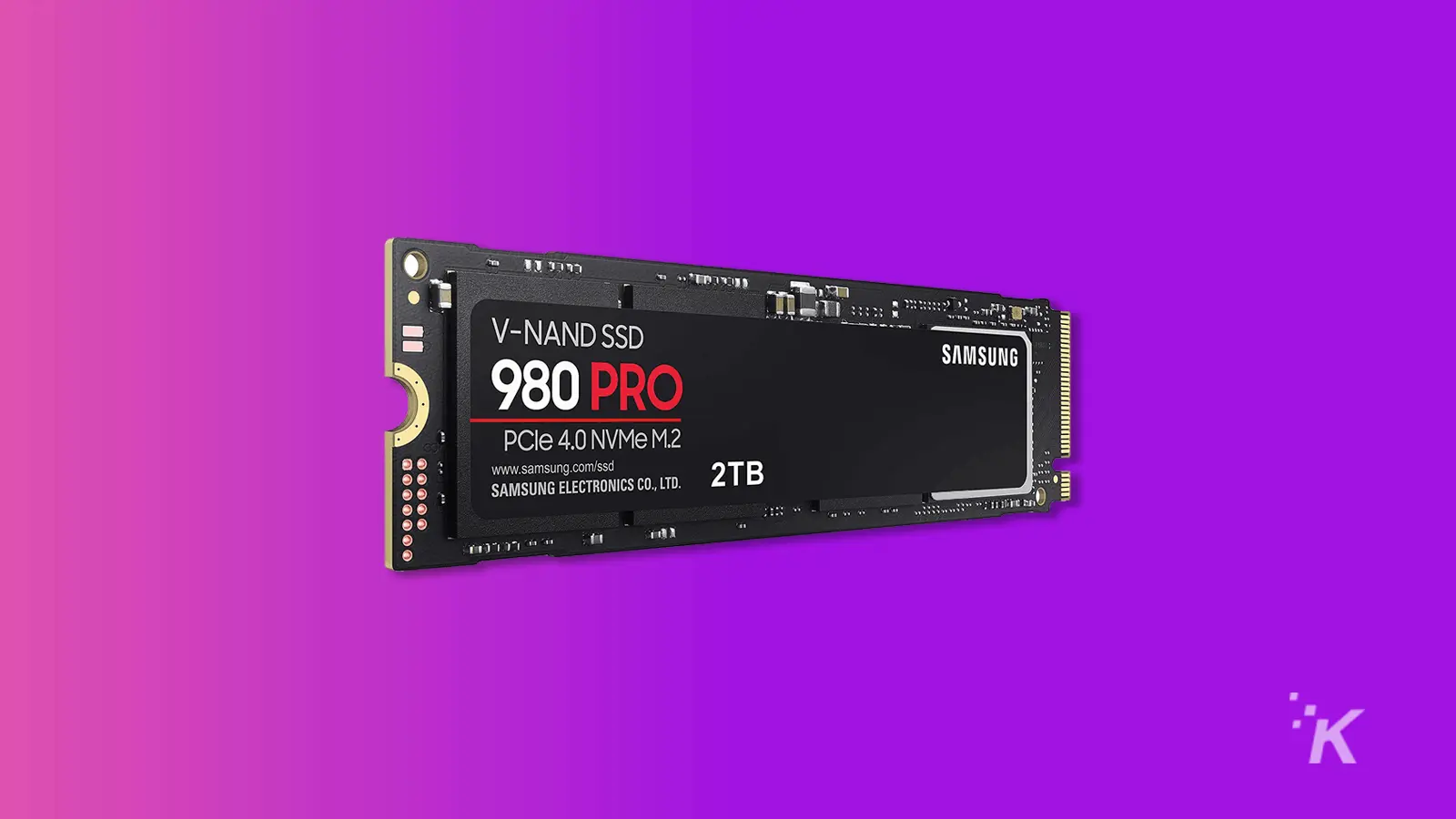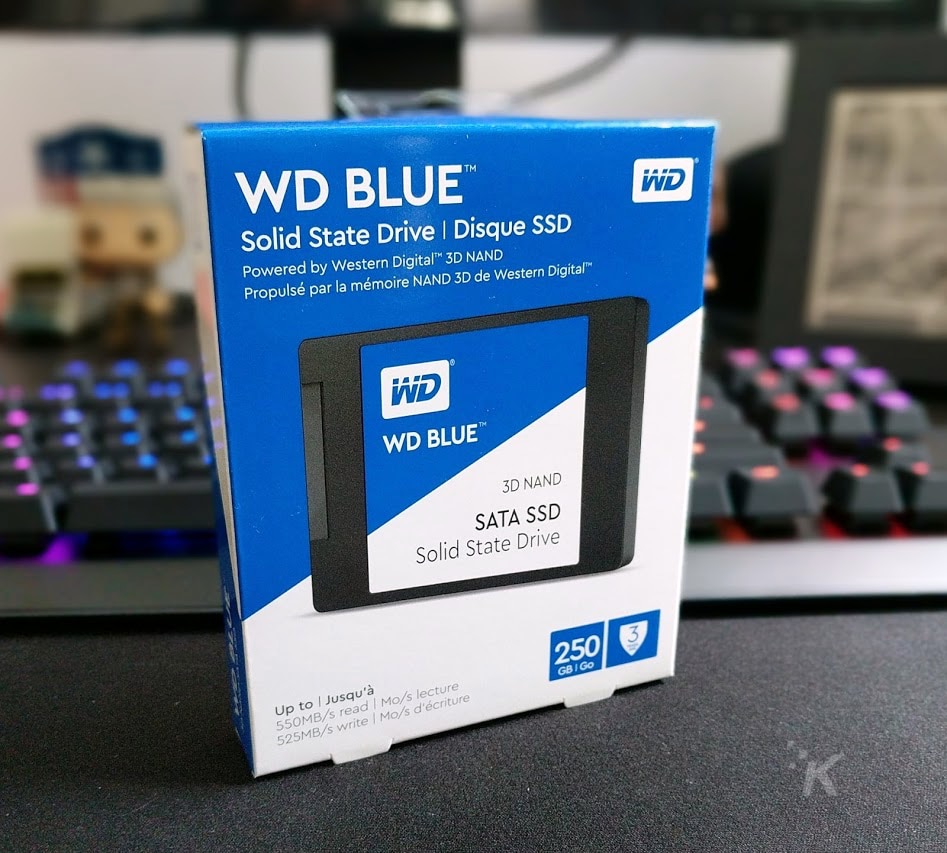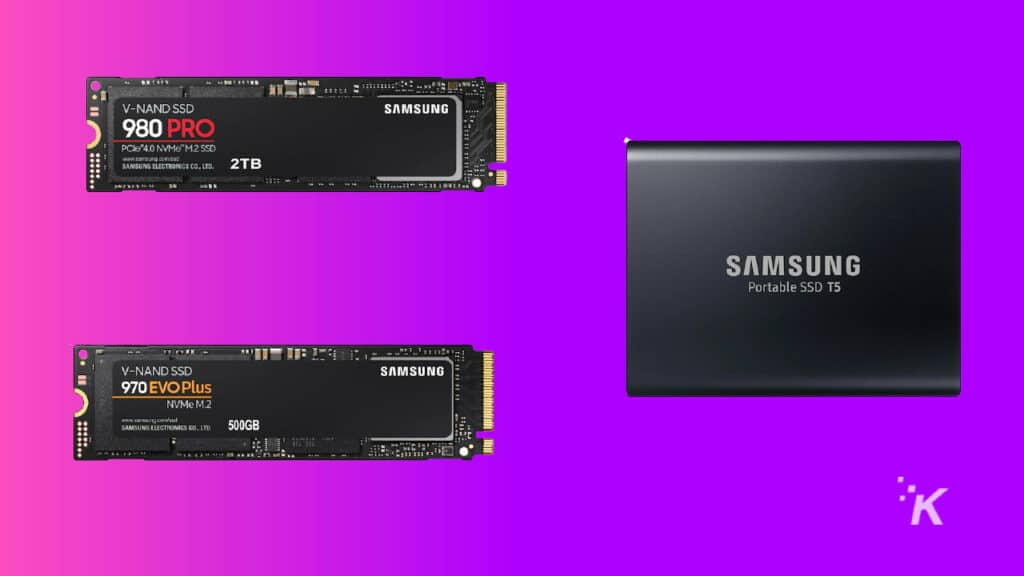Sponsored
What is the difference between 2D and 3D NAND?
Find out how 2D and 3D NAND technology differ and what impact these differences have on data storage capabilities.

Just a heads up, if you buy something through our links, we may get a small share of the sale. It’s one of the ways we keep the lights on here. Click here for more.
Disclosure: This is a sponsored post. However, our opinions, reviews, and other editorial content are not influenced by the sponsorship and remain objective.
3D NAND and 2D NAND are two forms of NAND technology used in SSDs. How do you choose between these two technologies?
This article compares 3D NAND vs. 2D NAND to help you choose the right one.
What Is NAND?
Before we compare 3D and 2D NAND, we must define and explain NAND technology.
NAND is a non-volatile storage technology used in SSDs and other devices. Non-volatile memory doesn’t need electricity to maintain data, unlike RAM.
NAND technology uses transistors to represent digital 1s and 0s. These transistors are organized in a grid and linked by “floating gates” that may be charged or discharged to store data.
3D NAND

READ MORE: Review: The WD Blue 3D NAND 250GB SSD
3D NAND, sometimes called vertical NAND or V-NAND, was created to solve 2D NAND’s constraints. In 3D NAND, transistors are stacked vertically instead of in a grid as in 2D NAND.
This vertical structure enables 3D NAND to cram more transistors into a smaller space, resulting in bigger SSDs.
It also improves read and write speeds and endurance since data can be accessed quicker and transistors are rebuilt less often.
2D NAND
2D NAND, sometimes called planar NAND or flat NAND, is older and more popular.
In 2D NAND, transistors are placed in a grid and coupled by “floating gates.”
2D NAND offers lower storage densities and slower read and write speeds than 3D NAND, allowing for smaller and cheaper SSDs.
Differences between 3D and 2D NAND

3D NAND and 2D NAND vary in storage density. 3D NAND’s vertically stacked transistors allow it to store more data in a smaller space.
This improves SSD performance and capacity. 2D NAND has a lower storage density and can’t fit as much data.
Here are some of the primary differences:
- 3D NAND read/write rates are faster than 2D NAND. Vertical transistors offer faster data access. The horizontal orientation of 2D NAND transistors slows read and write rates.
- 3D NAND’s durability is better than 2D’s. This implies the transistors can endure more read/write cycles. 3D NAND transistors are stacked vertically, allowing additional space between them. 2D NAND transistors are organized in a flat grid, making them more prone to wear out.
- 2D NAND is typically less expensive than 3D NAND. 2D NAND is older and more commonly utilized, resulting in economies of scale. 3D NAND is a newer, more costly technology.
3D or 2D NAND?

READ MORE: Review: Adata XPG SX8200 Pro 512GB NVMe SSD
3D NAND or 2D NAND? Needs and budget determine the response. 3D NAND offers outstanding performance and longevity.
It has quicker read/write speeds, larger storage densities, and better durability than 2D NAND. It’s also more pricey, so it’s not ideal for individuals on a budget.
Alternatively, 2D NAND may be a more economical solution.
It doesn’t give the same degree of performance and durability as 3D NAND but may provide decent performance at a lesser cost.
3D NAND and 2D NAND are both reliable SSD technologies. 3D NAND is speedier, has larger storage densities, and has better durability, but it’s more costly.
2D NAND is cheaper but slower and has a lower storage density than 3D NAND. Your demands and money will determine whether you choose 3D or 2D NAND.
Have any thoughts on this? Carry the discussion over to our Twitter or Facebook.
Editors’ Recommendations:
- Soocas Spark is a compact sonic toothbrush that packs a punch
- Prinker M prints customized temporary tattoos in seconds
- Effortlessly stream your phone to TV with the SC01 Miracast dongle
- Amazon has these 4K webcams up to $200 off in limited-time offer
Disclosure: This is a sponsored post. However, our opinions, reviews, and other editorial content are not influenced by the sponsorship and remain objective.
































